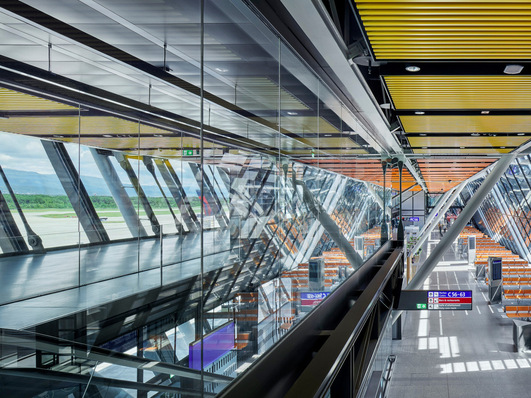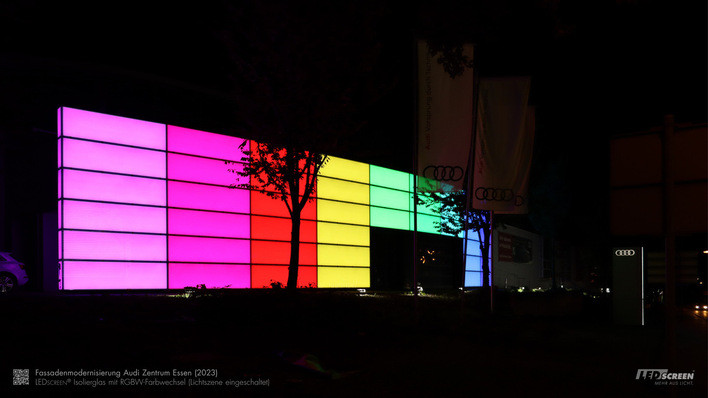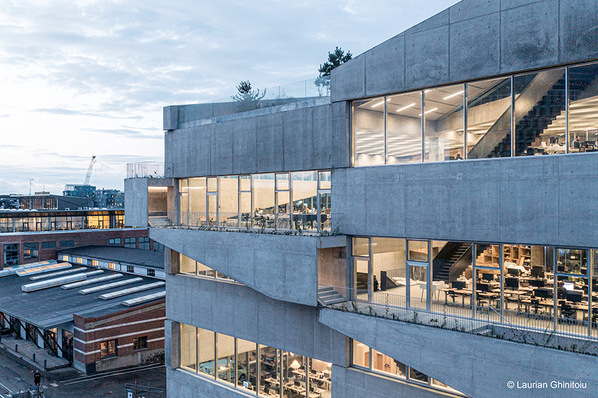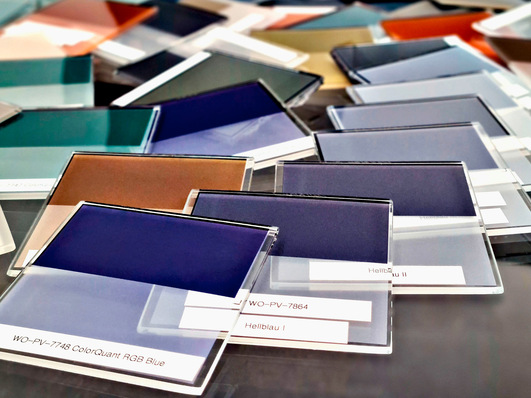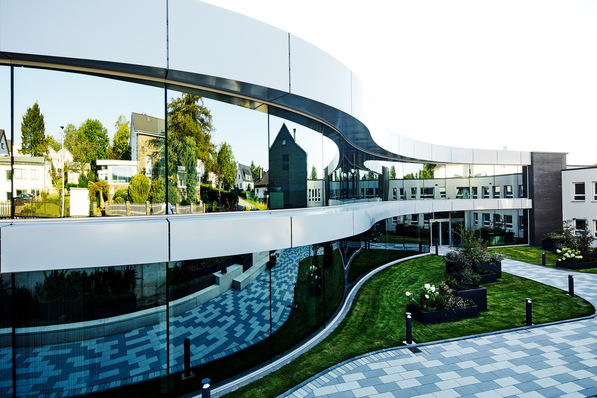Glass facades ensure maximum use of daylight in skyscrapers and create impressive panoramas for users. A prime example of this is the Principal Tower. Completed last year, the tower on the edge of London's Shoreditch artists' quarter is a real eye-catcher with a height of 162m and 300 residential units.
Designed by Foster + Partners, the storeys are sandwiched like permeable layers between the horizontal facade bands that mark the individual levels. The large-scale use of glass in the outer skin is essential for this filigree appearance.

Swisspacer
Especially when constructing generously glazed buildings, the facade glass as well as the corresponding spacers play an important role. Those responsible decided to use the Swisspacer Ultimate warm edge spacer for the construction of the facade glazing.
Pressure equalisation at great heights
When it comes to glass facades at very high altitudes, i.e. high-rise buildings, planners and designers are always faced with challenges. This is also due to large differences in air pressure and temperature between the ground floor level and the top of the building, which lead to different climatic loads in the insulating glass. As a result, the individual panes tend to bulge outwards at great heights. When it is cold, the opposite effect occurs and the panes bend inwards. The tensions in the edge seal can lead to gas loss and glass breakage. Replacing damaged glass is always associated with extreme effort and corresponding costs, especially in very tall buildings.

Swisspacer
See also this article on the B:HUB in Berlin: 11,000 m2 of Saint-Gobain glass
Swisspacer has developed the Swisspacer Air for this problem: a small, cylindrical metal casing with an integrated membrane that can be screwed into the spacers between the glass panes. The component enables the compensation of over- or underpressure in the ISO unit and thus counteracts the climatic loads.
This in turn also helps to ensure the longevity of the insulating glass units and simplifies logistics in the construction process, as pressure differences due to height differences between the production and installation sites and during transport are compensated for, as continuous pressure equalisation takes place by means of Swisspacer Air.








